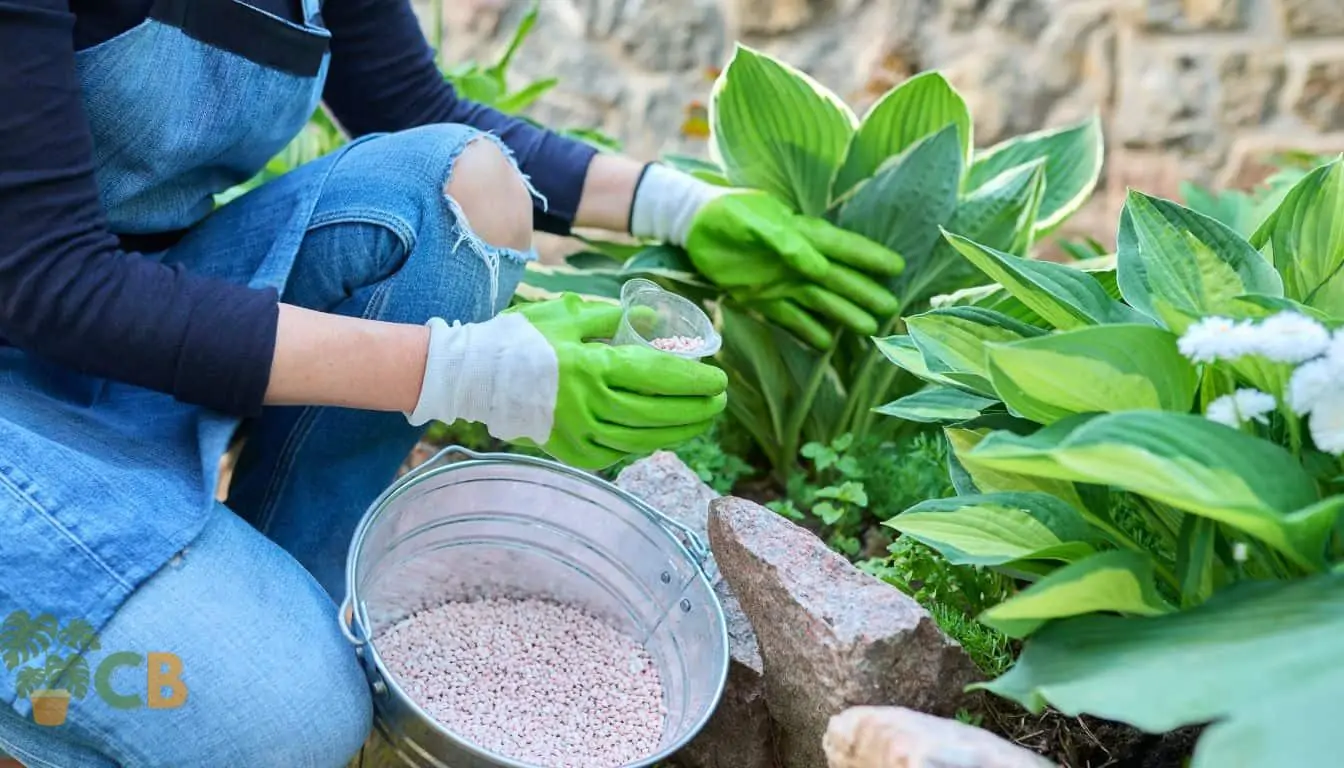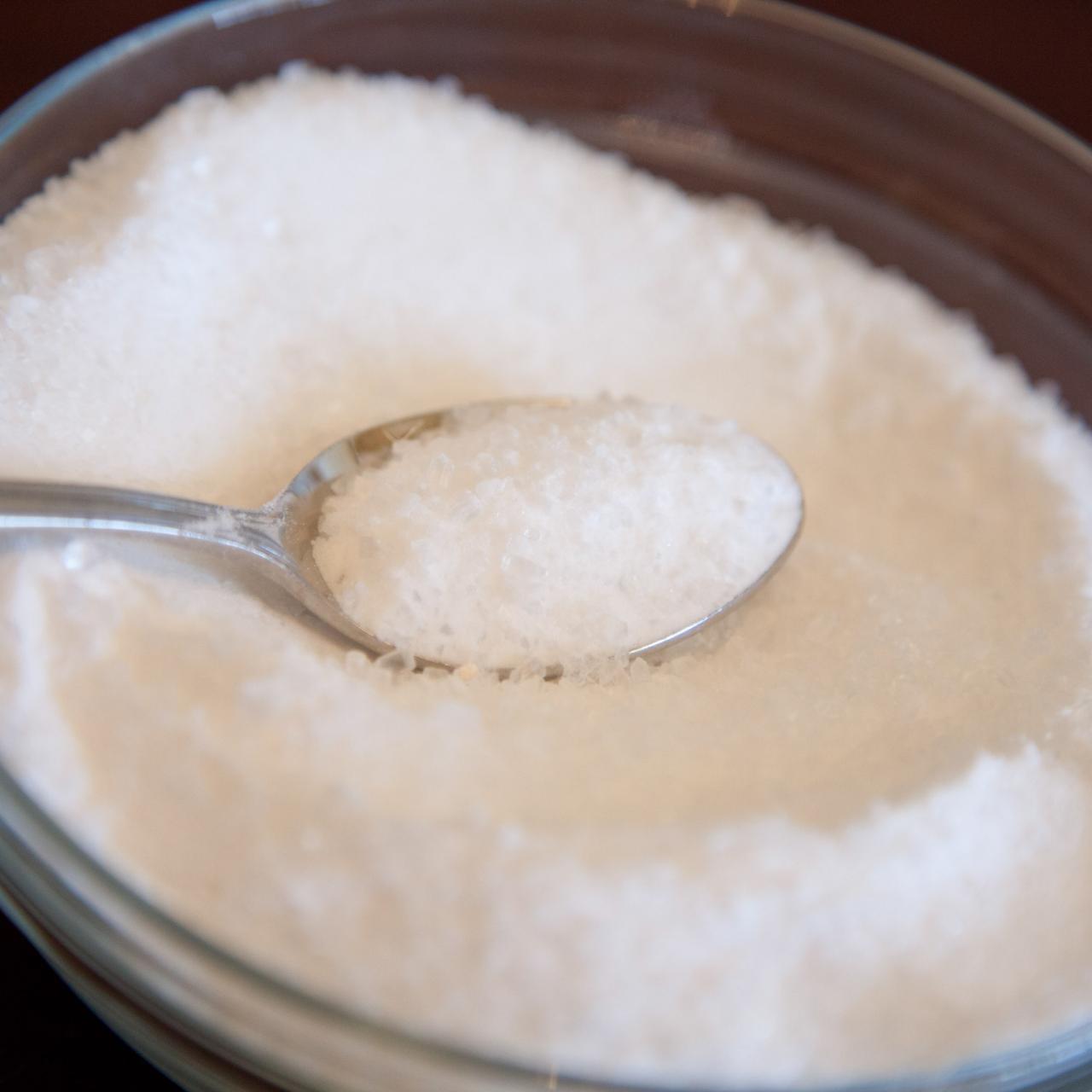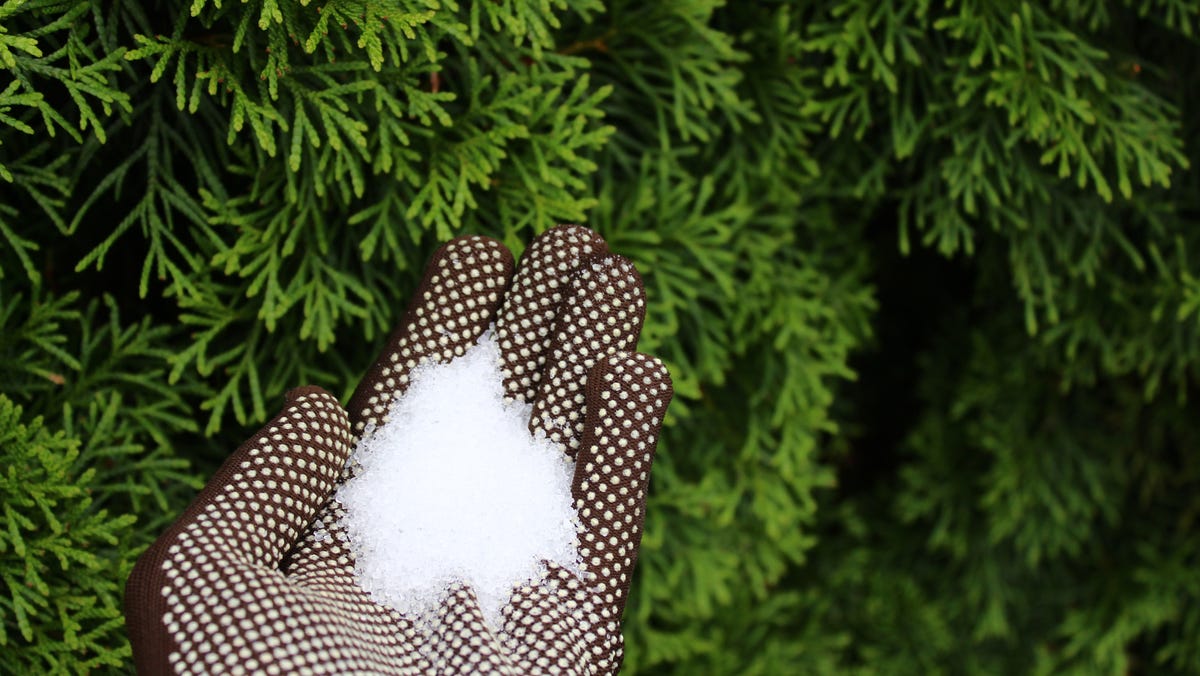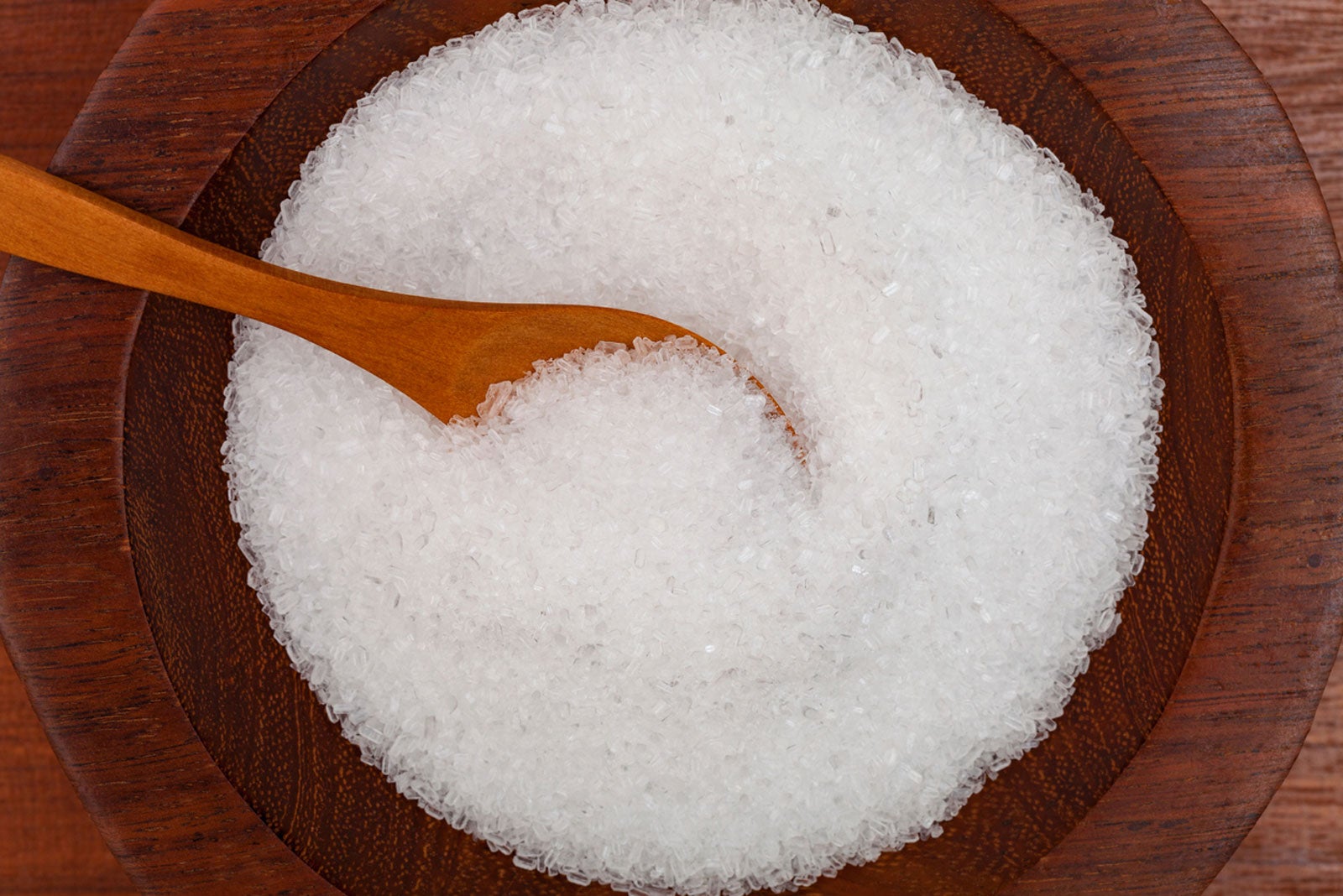Identify What Plants Don't Like Epsom Salt in Your Garden
Wiki Article
Discover the Details Plants That Are Adversely Affected by Epsom Salt Application
Epsom salt, a prominent home solution for different horticulture concerns, is frequently applauded for its helpful results on plant growth. However, not all plants respond positively to its application. Understanding the certain plants that can be detrimentally influenced by Epsom salt is critical for any type of gardener aiming to optimize their plant care routine. Roses, tomatoes, peppers, azaleas, and rhododendrons are simply a couple of instances of plants that might not respond well to Epsom salt. The reasons behind these adverse impacts and how to alleviate them are crucial knowledge for maintaining a growing garden.Roses

Roses, particularly sensitive to adjustments in their atmosphere, can be negatively influenced by the application of Epsom salt. While Epsom salt is generally utilized as a plant food to promote plant development and boost flowering, roses are one of the plants that do not react well to its application. The high magnesium web content in Epsom salt can conflict with the uptake of other essential nutrients by the rose plants, bring about deficiencies that materialize as yellowing leaves or stunted development.

Tomatoes
Tomatoes, understood for their versatility in cooking applications, can display unfavorable results when subjected to Epsom salt as a result of their specific nutrient demands. While Epsom salt is commonly proclaimed as a remedy for different plant concerns, including blossom end rot in tomatoes, its application can result in harmful end results if not utilized deliberately. Tomatoes are heavy feeders that call for a well balanced intake of nutrients, especially calcium, to prosper. Too much Epsom salt, which is magnesium sulfate, can disrupt the fragile nutrient balance required by tomatoes, possibly leading to deficiencies in various other necessary nutrients like calcium. This discrepancy might show up in symptoms such as stunted growth, yellowing leaves, or perhaps lowered fruit manufacturing in tomatoes. For that reason, when thinking about the usage of Epsom salt on tomatoes, it is crucial to follow suggested application prices and soil screening to protect against unintentional consequences on the general wellness and efficiency of these cherished garden plants.Peppers
Peppers, prized for their different colors and degrees of spiciness, can demonstrate vulnerability to negative influences from Epsom salt when not applied with care and factor to consider for their specific nutritional demands. what plants don't like epsom salt. Peppers, belonging to the Solanaceae family, call for a delicate balance of nutrients to prosper. While Epsom salt is recognized to improve magnesium levels in plants, extreme application can disrupt this stability, leading to adverse results on pepper plantsWhen peppers are subjected to high degrees of magnesium from Epsom salt, it can disrupt the plant's capacity to absorb other necessary nutrients like calcium and potassium. This imbalance might materialize in signs and symptoms such as fallen leave staining, stunted growth, and lowered fruit production. In addition, the excessive magnesium can change the dirt pH, additional exacerbating nutrient uptake concerns for peppers.

Rhododendrons
Provided the level of sensitivity of particular plant varieties to discrepancies triggered by Epsom salt, it is important to think about the influence on Rhododendrons, which additionally require specific nutrient levels to flourish. Rhododendrons are acid-loving plants that like anchor acidic dirt problems with a pH array in between 4.5 and 6.0. Epsom salt, chemically referred to as magnesium sulfate, can modify the dirt pH and interfere with the delicate balance of nutrients vital for Rhododendron health.
To maintain the optimum development and health and wellness of Rhododendrons, it is crucial to prevent the indiscriminate use of Epsom salt and rather concentrate on offering the specific acidic dirt conditions and nutrients that these plants need for thriving.
Azaleas
These preferred flowering plants are frequently found in landscapes, parks, and yards due to their charm and convenience. While Epsom salt is generally utilized as a solution for magnesium deficiency in plants, its application to azaleas can have damaging effects.Azaleas prefer slightly acidic soil conditions, and an extra of magnesium from Epsom salt can interrupt this equilibrium, leading to nutrient inequalities and possible poisoning concerns. The wrong application of Epsom salt can result in stunted development, yellowing of fallen leaves, and overall decrease in the health of azaleas.
Conclusion
In conclusion, it is vital to be conscious of the specific plants that can be detrimentally affected by the application of Epsom salt. Roses, tomatoes, rhododendrons, peppers, and azaleas are some instances of plants that may not take advantage of Epsom salt and could also suffer damage. It is crucial to research study and recognize the requirements of each plant varieties before utilizing Epsom salt as a plant food to ensure their wellness and well-being.
Recognizing the details plants that can be adversely impacted by Epsom salt is essential for any kind of garden enthusiast looking to optimize their plant treatment regimen. While Epsom salt is typically visit the site used as a fertilizer to advertise plant development and boost blooming, roses are one of the plants that do not react well to its application.Extreme usage of Epsom salt can additionally result in a build-up of salts in the soil, leading to root damage and dehydration of the rose plants. While Epsom salt is recognized to increase magnesium levels in plants, extreme application can interrupt this stability, leading to unfavorable effects on pepper plants.
The high salt web content in Epsom salt can also dehydrate Rhododendron roots, triggering additional stress and anxiety and damages to the plant. (what plants don't like epsom salt)
Report this wiki page